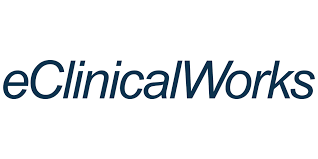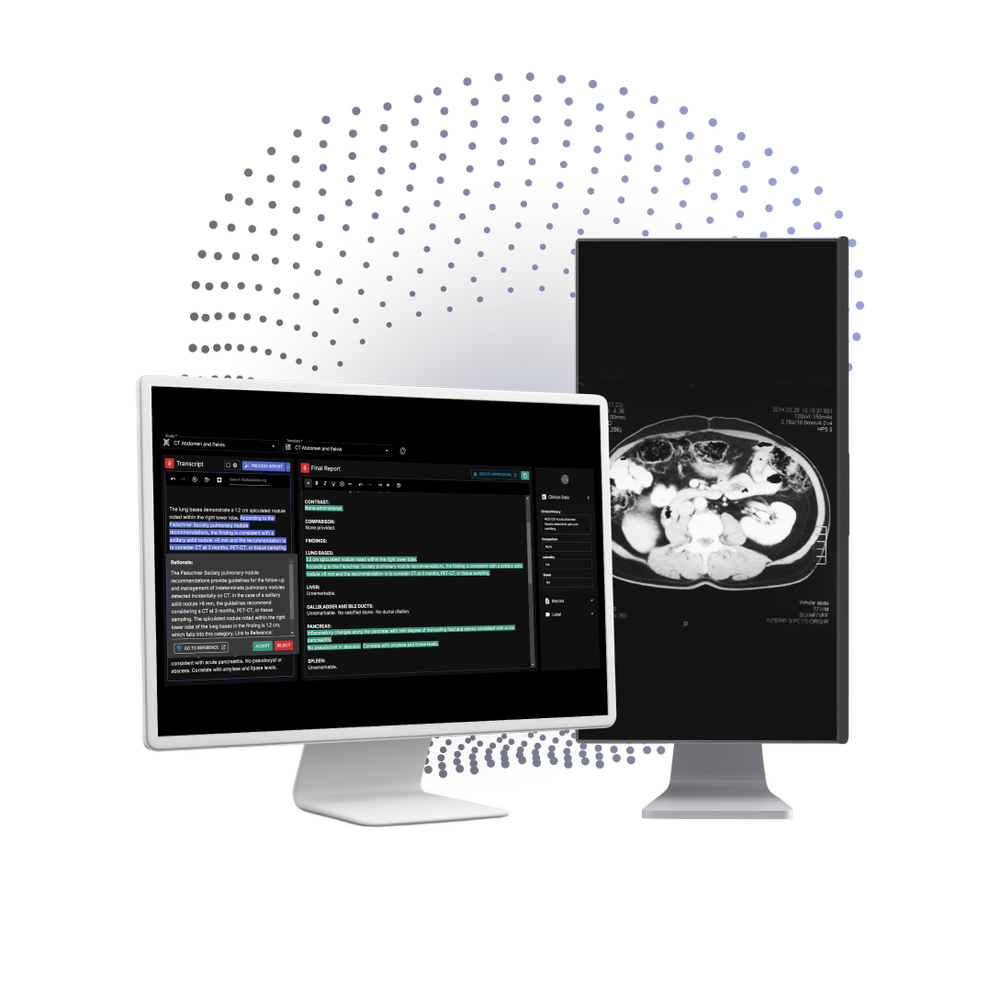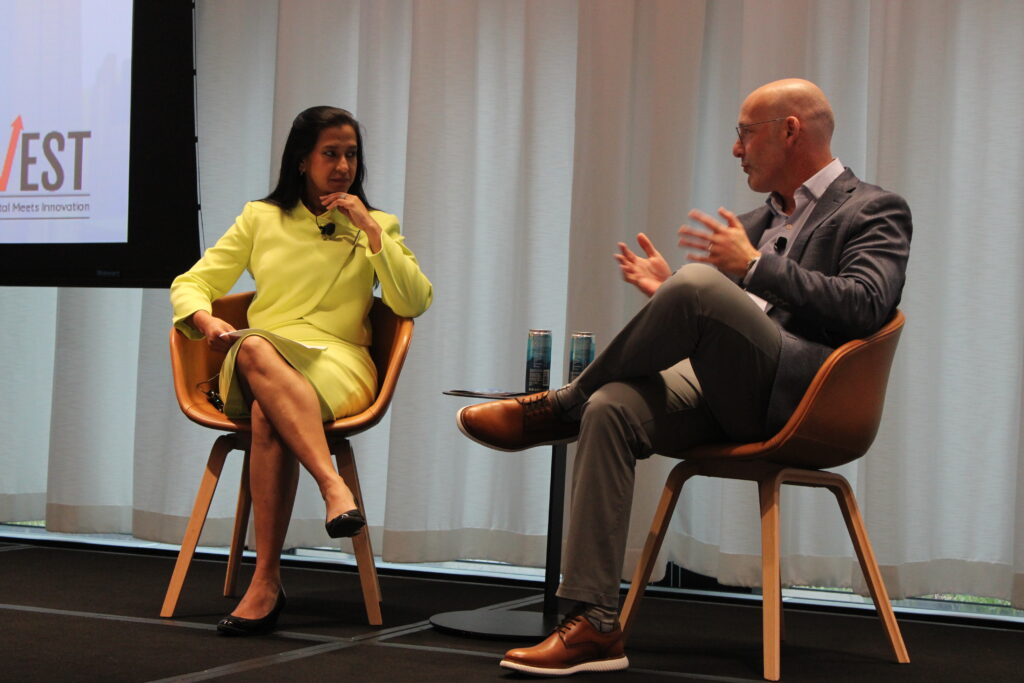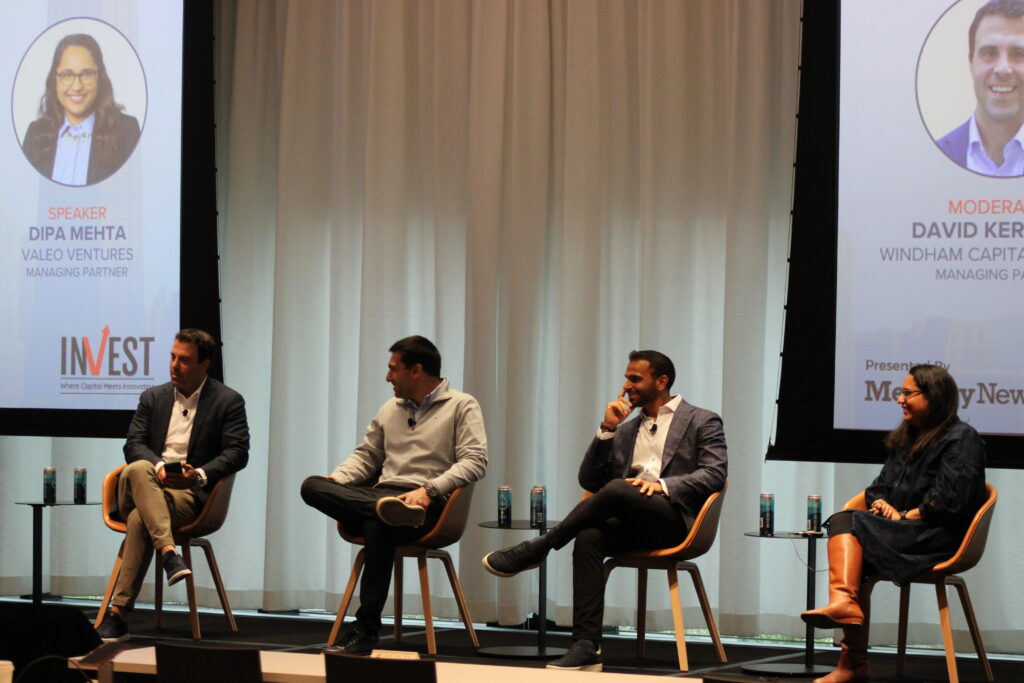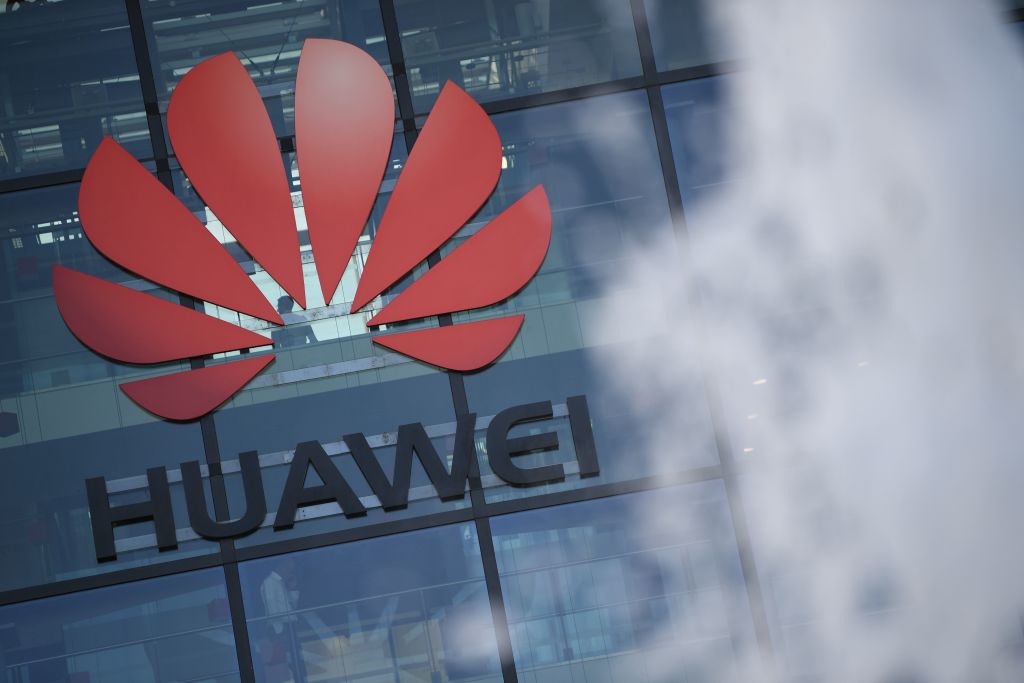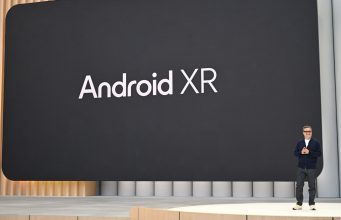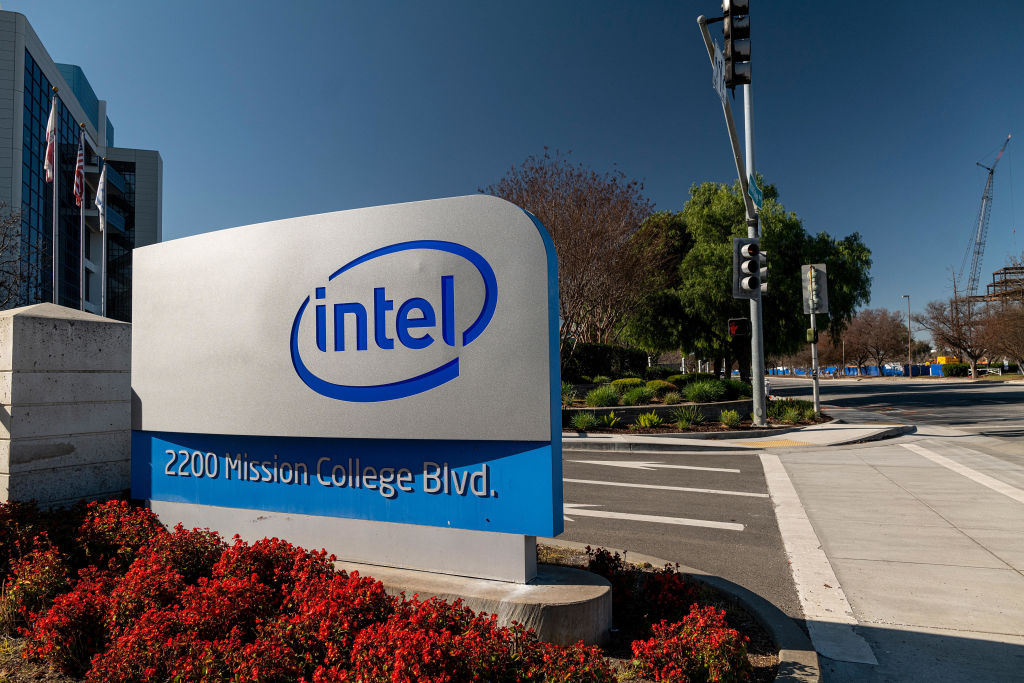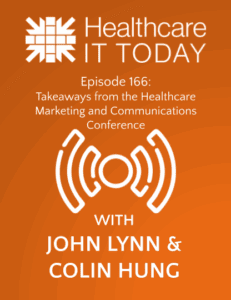Empowering a Cohesive Patient Journey with Integrated Scheduling and Patient Engagement
The following is a guest article by Bryant Hoyal, VP of Client Services, Strategic Accounts at Relatient Today’s patients expect convenient, digital-first experiences—but healthcare often falls short of those expectations. That’s why three out of four providers are increasing their investment in digital solutions, aiming to bridge this gap. But smart investments are not just […]

The following is a guest article by Bryant Hoyal, VP of Client Services, Strategic Accounts at Relatient
Today’s patients expect convenient, digital-first experiences—but healthcare often falls short of those expectations. That’s why three out of four providers are increasing their investment in digital solutions, aiming to bridge this gap. But smart investments are not just about technology, they must also deliver strong ROI while improving patient access and engagement.
One of the most critical areas where digital innovation can make an immediate impact is scheduling. As the first touchpoint in the patient journey, scheduling shapes the overall patient experience and often becomes a source of frustration. Without the right digital tools, patients can struggle to complete the scheduling process due to phone traffic and limited access to after-hours scheduling.
The reality is that scheduling and patient engagement are closely linked. While digital communication with patients has become essential, disjointed operational processes can create roadblocks for both patients and staff. Integrated scheduling within patient engagement strategies ensures a cohesive patient journey, guiding them from one step to the next, whether through reminders, email campaigns, or post-appointment follow-ups. Digital patient communication should not only inform but also seamlessly drive the next scheduling action. The most effective strategies prioritize consumer expectations and include the following components:
A More Enhanced Omnichannel Approach
Every patient has unique needs and communication preferences. Consequently, a one-size-fits-all approach to communicating can lead to frustration and missed opportunities for engagement.
To meet patients where they are, healthcare organizations should adopt an omnichannel approach that seamlessly integrates scheduling and patient engagement. This means offering multiple touchpoints, including:
- Call centers for centralized scheduling
- Direct communication with office staff
- Automated chat for real-time support
- Online self-scheduling for convenience
But scheduling is the beginning. Ongoing communication—such as follow-ups and proactive outreach with clear, actionable next steps—drives deeper engagement. A robust omnichannel strategy enables this kind of holistic front-end and back-end approach, so no patients fall through the cracks.
Appointment Reminders
Despite increased adoption of automation, no-show rates remain a persistent challenge among medical groups. A 2024 MGMA Stat poll of more than 300 groups found that 63% saw no improvement in patient no-show rates, while 37% reported an increase.
The key to reversing this trend is a more strategic approach to appointment reminders. Notably, the MGMA-polled groups that have successfully reduced no-show rates did so by implementing an advanced appointment reminder system.
To improve outcomes, providers should:
- Enroll patients in reminders based on their preferred communication channel, whether through text, phone call, or email
- Offer built-in rescheduling and cancellation options directly within these communication channels to reduce no-show rates
- Provide a self-service scheduling option, allowing patients to quickly find availability with their preferred provider at a more convenient time
By integrating these features within appointment reminders, providers remove common barriers that contribute to no-shows and patient frustration.
Email Campaigns
Many healthcare organizations use marketing campaigns, such as flu shot reminders and annual check-up notifications, to increase patient volume. More importantly, these health maintenance initiatives help close care gaps, drive preventative appointments, and ensure patients receive the appropriate care.
While these efforts are valuable, organizations can take them further by embedding self-scheduling links within email campaigns. This simple enhancement improves both patient experience and engagement by allowing patients to:
- Book an appointment instantly, without needing to call or log onto a portal
- Take actions based on their care needs, improving follow-through on recommendations and treatment plans
Beyond benefiting patients, self-scheduling in digital campaigns also empowers providers. By tracking clicks and appointment conversions, organizations can more accurately measure campaign ROI, including patient acquisition and recall effectiveness.
Post-Appointment Billing and Reminders
After an appointment, patients often have multiple next steps—whether booking a referral appointment, paying a bill, or scheduling a follow-up visit. When these tasks require manual effort, they can become burdensome for both patients and staff, leading to poor experiences, staff burnout, or even missed follow-through on necessary care.
Automating post-appointment outreach streamlines these processes and enhances efficiency:
- Digital billing requests allow patients to securely pay a bill in one click, eliminating the need for phone calls or portal logins
- Self-scheduling prompts patients to book follow-ups independently, reducing the risk of patient leakage
These seamless digital options not only provide the conveniences patients expect but also improve billing efficiency and referral management, benefiting both patients and providers alike.
Conclusion
A strategic approach to digital communication and scheduling technology is fast becoming a competitive differentiator for today’s healthcare organizations. Patients expect their healthcare experience to match the convenience and immediacy they experience as consumers in other industries, making proactive, personalized communication the new standard.
Standalone appointment reminders are no longer enough. Patients expect seamless, patient-centered engagement that extends beyond scheduling to include billing and ongoing communication. An integrated approach ensures a more cohesive experience for patients while driving efficiency for healthcare organizations.
 About Bryant Hoyal
About Bryant Hoyal
Bryant Hoyal is VP of Client Services, Strategic Accounts at Relatient, which engages with over 50 million unique patients annually on behalf of provider groups and health systems nationwide.
































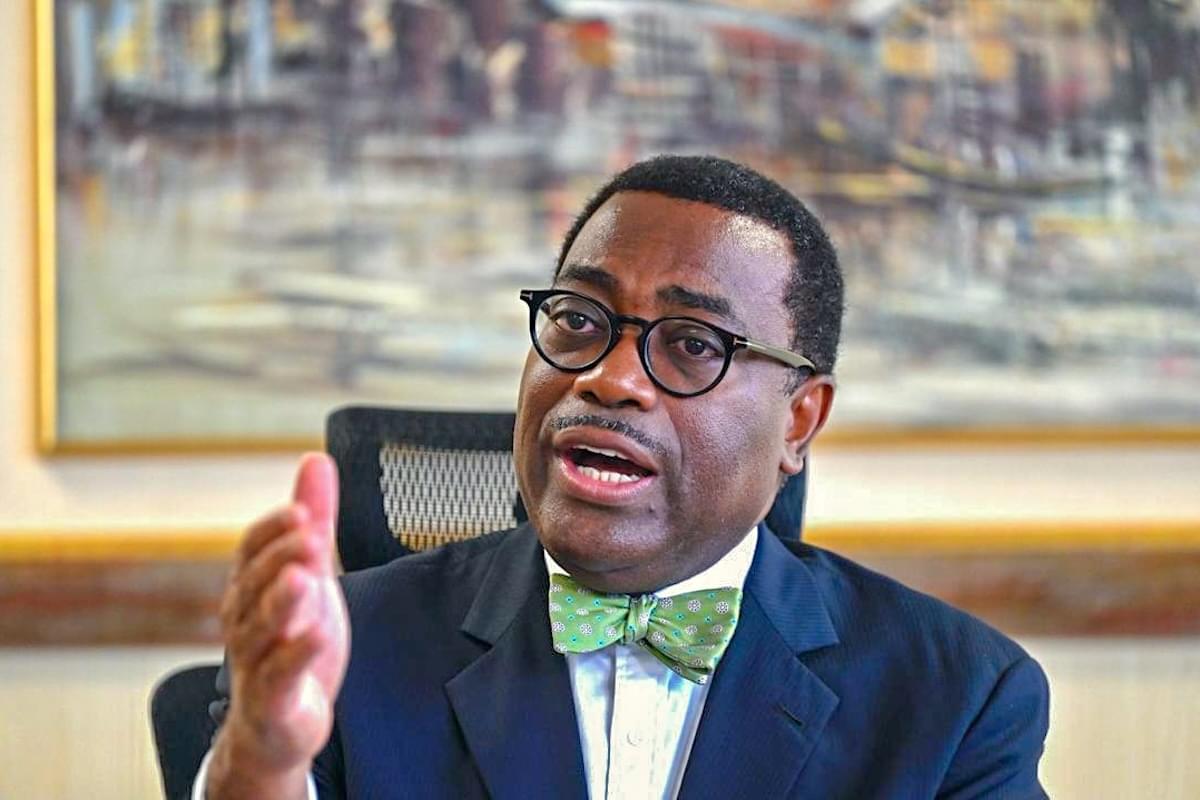

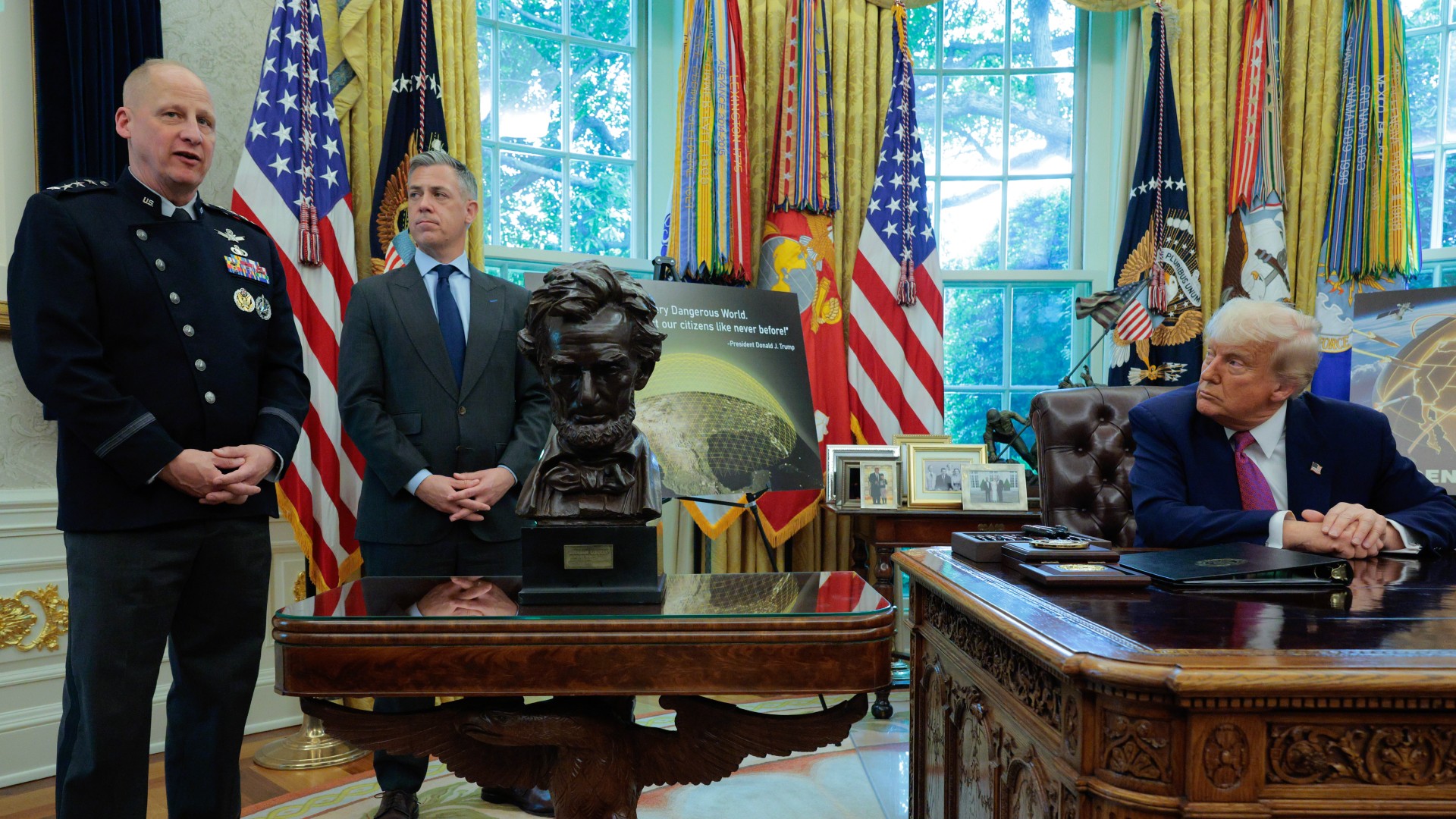















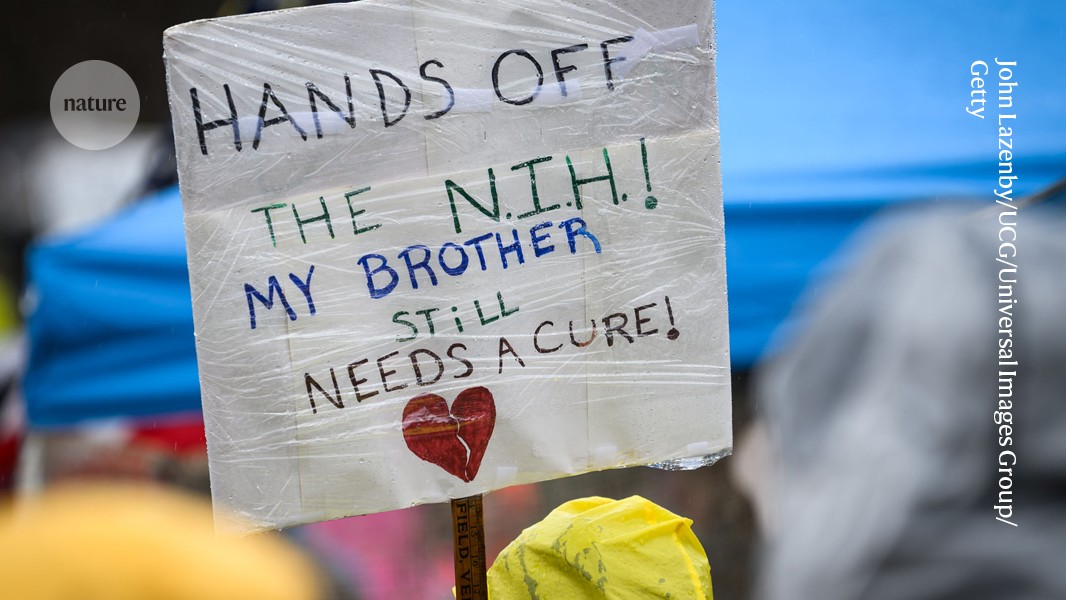


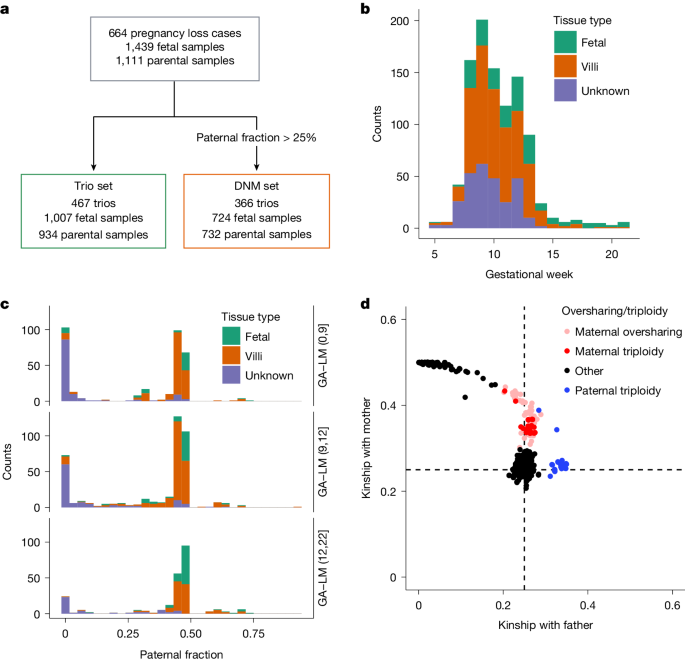






















.jpg)



























